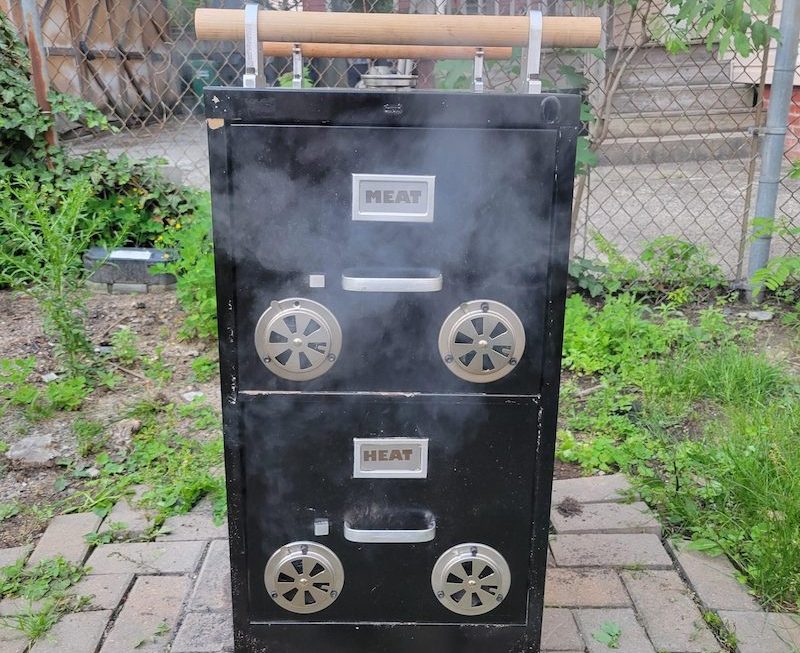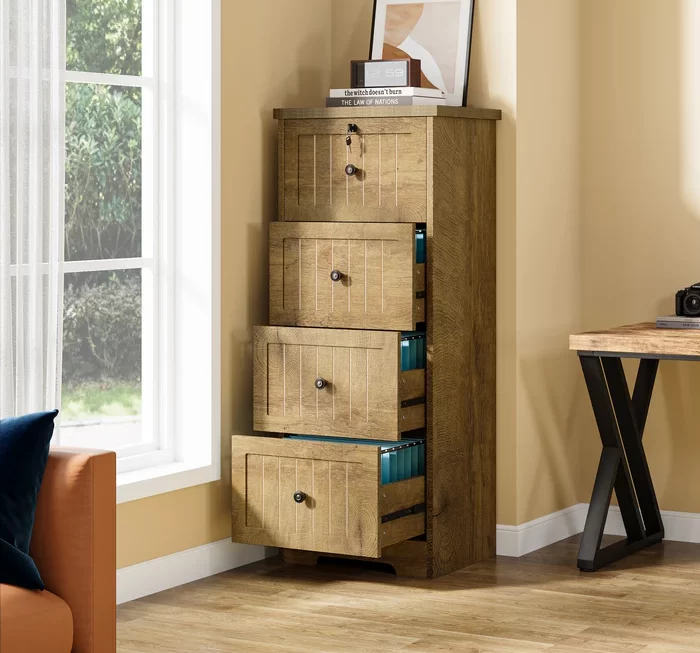 Introduction
Introduction
How to touch up cabinet paint
Having well-maintained cabinets can significantly enhance the appearance of any kitchen or bathroom. However, over time, the paint on cabinets can become chipped, worn, or discolored. In such cases, touching up the cabinet paint can revitalize their look. This article will guide you through the essential steps and tips for effectively touching up cabinet paint to breathe new life into your cabinets.
 Some common materials used for cabinets:
Some common materials used for cabinets:
Cabinets can be made from a variety of materials, each offering different aesthetic and functional benefits. Here are some common materials used for cabinets:
Solid Wood:
Offers a classic and high-quality appearance. Types of solid wood used include oak, maple, cherry, and pine.
Plywood:
Made from layers of wood veneer, it’s strong and offers good durability. Often used for cabinet boxes.
Medium-Density Fiberboard (MDF):
A type of engineered wood made from compressed wood fibers. It’s smooth and stable, often used for painted finishes.
Particleboard:
Another type of engineered wood, made from wood chips and resin. It’s less expensive but not as strong or durable as plywood or solid wood.
Fiberboard:
Similar to MDF but generally denser and used for higher-end applications.
Laminate:
Used as a finish, laminate is durable and available in a wide range of colors and patterns. It’s often applied over particleboard or MDF.
Thermofoil:
A vinyl film applied to MDF. It’s cost-effective and easy to clean but can peel over time.
Metal:
Stainless steel or aluminum is used for a sleek, modern look, often found in industrial or contemporary kitchens.
Glass:
Typically used in combination with other materials, glass-fronted cabinets can showcase items and add a sense of openness.
Melamine:
A type of laminate that’s applied to wood, plywood, or MDF. It’s durable and comes in various textures and colors.
Each material has its own set of benefits and drawbacks, so the choice often depends on the specific needs and preferences regarding aesthetics, durability, and budget.
 Common types of cabinets:
Common types of cabinets:
Cabinets come in various types, each designed for specific purposes and spaces. Here are some common types of cabinets:
Kitchen Cabinets:
These are the most common type, designed to store kitchen utensils, cookware, and food items. They come in a variety of styles and finishes, such as base cabinets (below the countertop), wall cabinets (above the countertop), and tall cabinets (pantry or utility cabinets).
Bathroom Cabinets:
These are designed for bathroom storage needs, often including vanities, medicine cabinets, and linen cabinets. They are typically more resistant to moisture compared to other types.
Office Cabinets:
These are used in office settings for filing and storage. Examples include filing cabinets, storage cabinets, and credenzas.
Storage Cabinets:
Designed for general storage purposes, these can be used in garages, basements, or utility rooms. They are often more durable and may be made of metal or heavy-duty plastic.
Wardrobe Cabinets:
Also known as armoires, these are used for storing clothes and accessories. They are often used in bedrooms and offer a combination of hanging space, shelves, and drawers.
Display Cabinets:
These are designed to showcase items, such as collectibles, china, or books. Examples include curio cabinets, china cabinets, and bookcases with glass doors.
Media Cabinets:
These are specialized for storing media equipment like TVs, game consoles, and audio systems. Examples include TV stands, entertainment centers, and media consoles.
Utility Cabinets:
Designed for a variety of storage needs in different settings. These can include cleaning supply cabinets, craft storage cabinets, and workshop cabinets.
Each type of cabinet can be further customized in terms of material (wood, metal, plastic, etc.), style (modern, traditional, rustic, etc.), and configuration (shelves, drawers, doors, etc.) to fit specific needs and preferences.
 Assessing the Damage
Assessing the Damage
Before beginning the touch-up process, carefully assess the damaged areas of the cabinet paint. Look for chipped, peeling, or discolored paint, as well as any visible scratches. Identifying the extent of the damage will help you prioritize areas that require immediate attention.
Gathering the Necessary Materials
Successfully touching up cabinet paint requires having the right materials on hand. These include sandpaper, a clean cloth, a small paintbrush, paint in the original cabinet color, and a protective topcoat. Ensure you have all the necessary supplies before commencing the touch-up process.
Preparing the Surface
How to touch up cabinet paint
Preparation is essential before applying touch-up paint. Use fine-grit sandpaper to gently smooth any damaged areas, creating a clean and even surface for the new paint to adhere to. After sanding, thoroughly wipe the area with a clean cloth to remove any dust particles or debris.
Applying the Touch-Up Paint
After preparing the surface, it is time to apply the touch-up paint. Use a small paintbrush to carefully apply the paint to the damaged areas, starting with a thin layer. Allow each layer to dry completely before adding additional coats if required. Ensure the new paint matches the original cabinet color for a seamless finish.
Adding a Protective Topcoat
How to touch up cabinet paint
To safeguard the freshly applied paint, it’s vital to add a protective topcoat to the cabinets. Apply the topcoat using a clean paintbrush, allowing it to dry entirely before resuming regular use of the cabinets.
Tips for a Successful Touch-Up
If you do not have the original paint color, take a cabinet door or drawer to a paint store for color matching.
Work in a well-ventilated area when applying paint or topcoat to ensure proper air circulation.
Use light, even strokes when applying touch-up paint to achieve a smooth and consistent finish.
Consider using a paint pen for small touch-ups or intricate details on cabinets.
 Some important considerations
Some important considerations
How to touch up cabinet paint
Enhancing or upgrading your cabinets can significantly improve both the functionality and aesthetic appeal of your space. Here are some important considerations and tips to keep in mind when enhancing your cabinets:
Determine Your Goal:
Functionality: Are you looking to increase storage space, improve organization, or add features like pull-out shelves?
Aesthetics: Are you aiming for a modern update, a change in color, or simply refreshing the existing look?
Budget:
Establish a budget beforehand to help guide your decisions and avoid overspending. Consider both material and labor costs.
Material Selection:
Choose high-quality materials that match the existing decor and meet the functional requirements. Common materials include solid wood, plywood, MDF, and metal.
Consider the finish you want (paint, stain, laminate, etc.) and how it will fit with the rest of your home.
Hardware Updates:
Upgrading handles, knobs, and hinges can make a big difference. Choose hardware that complements your cabinet style and is comfortable to use.
Paint and Stain:
A fresh coat of paint or stain can dramatically change the look of your cabinets. Ensure you use high-quality paint or stain and follow proper preparation steps, such as sanding and priming.
Lighting:
Adding under-cabinet lighting or interior lights can improve visibility and add a touch of elegance. LED lights are a popular and energy-efficient choice.
Organizational Tools:
Incorporate organizational solutions like pull-out shelves, lazy Susans, drawer dividers, and built-in spice racks to maximize space and keep items easily accessible.
Door and Drawer Upgrades:
Replace old doors and drawers with new ones for a complete refresh. Soft-close hinges and slides can add a touch of luxury and prevent slamming.
Custom Features:
Consider adding custom features tailored to your needs, such as a built-in wine rack, recycling center, or a charging station.
Professional Help:
For extensive upgrades or if you’re unsure about DIY, consider hiring a professional. They can provide expert advice and ensure high-quality workmanship.
Maintenance:
Choose finishes and materials that are easy to clean and maintain. Regular maintenance and cleaning will help keep your cabinets looking new for longer.
Reuse and Recycle:
If you’re replacing cabinets, consider donating old ones to charity or recycling them to minimize waste and help the environment.
By thoughtfully considering these elements, you can ensure that your cabinet enhancement project is successful, meets your needs, and enhances the overall appeal of your living space.
Conclusion
How to touch up cabinet paint
Touching up cabinet paint is an effective, budget-friendly way to refresh the appearance of your cabinets without the expense of replacing them. By following the straightforward steps outlined in this article and incorporating the helpful tips provided, you can achieve a professional-looking finish, making your cabinets look as good as new.



